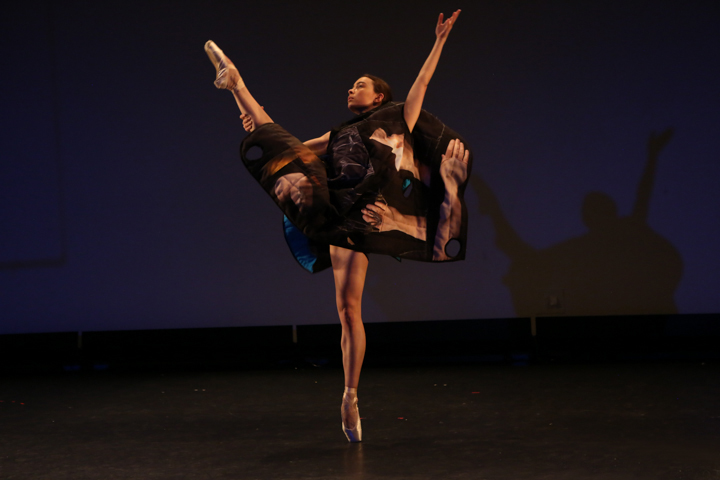For Women’s History Month, Brooklyn’s Annual CounterPointe Series Pairs Female Choreographers and Visual Artists
It’s not a new phenomenon for choreographers to collaborate with visual artists. Whether through costume and set design, onstage sculpture or, more recently, performances in exhibit spaces, dance and the visual arts have long maintained an ongoing partnership.
It is much less common, however, for a company to curate a program pairing seven choreographers with seven visual artists—even rarer still that all 14 artists are women. But that is exactly what Norte Maar, a Brooklyn-based arts organization dedicated to inter-arts collaboration, plans for its upcoming performances of CounterPointe10 at Brooklyn’s The Mark O’Donnell Theater at Entertainment Community, March 24–26.
Since 2012, Norte Maar has partnered with Brooklyn Ballet to produce its annual CounterPointe performance series. Programmed every Women’s History Month, the series exclusively features collaborative works by female choreographers and visual artists. This year, it celebrates its 10th anniversary.

Julia Gleich, Norte Maar leader and originator of the CounterPointe series, receives and reviews submissions each year with co-founder Jason Andrews before pairing artists and choreographers. “It is not random,” she emphasizes, noting that the duo considers not only the applicants’ work but personalities and collaborative styles when organizing the bill: “These are people who have to be really interested in what can happen in that conversation [between mediums].”
The choreographer–artist pairings span an array of genres, from ballet and painting to contemporary dance, fiber art and installation. This year’s lineup includes works by Gleich with artist Tamara Gonzales; Amanda Treiber with Marcy Rosenblat; JoVonna Parks with Jeanne Verdoux; Shannon Harkins with Sarah Pettitt; Tiffany Mangulabnan with Etty Yaniv; Sarah Yasmine Marazzi-Sassoon with Alejandra Seeber; and Eryn Renee Young with Amanda Browder. But uniting each work, Gleich says, is the single requirement that each must include the use of pointe shoes, whether in a traditional or nontraditional manner.
Each duo was given only two months to create their original works together. “I want these women to be able to focus on the collaborative process and know that they already bring a level of expertise,” says Gleich. “If you have more time, you are less likely to go with your first choices, and there’s a lot of time spent second-guessing. The hope is for these works to evolve spontaneously, taking a chance on those first choices.”
A decade into directing the program, Gleich still finds it exciting and worthwhile. “Fundamentally,” she says, “I yearn to reenergize the Diaghilev approach to ballet—with all of the risk and newness and edge.”





